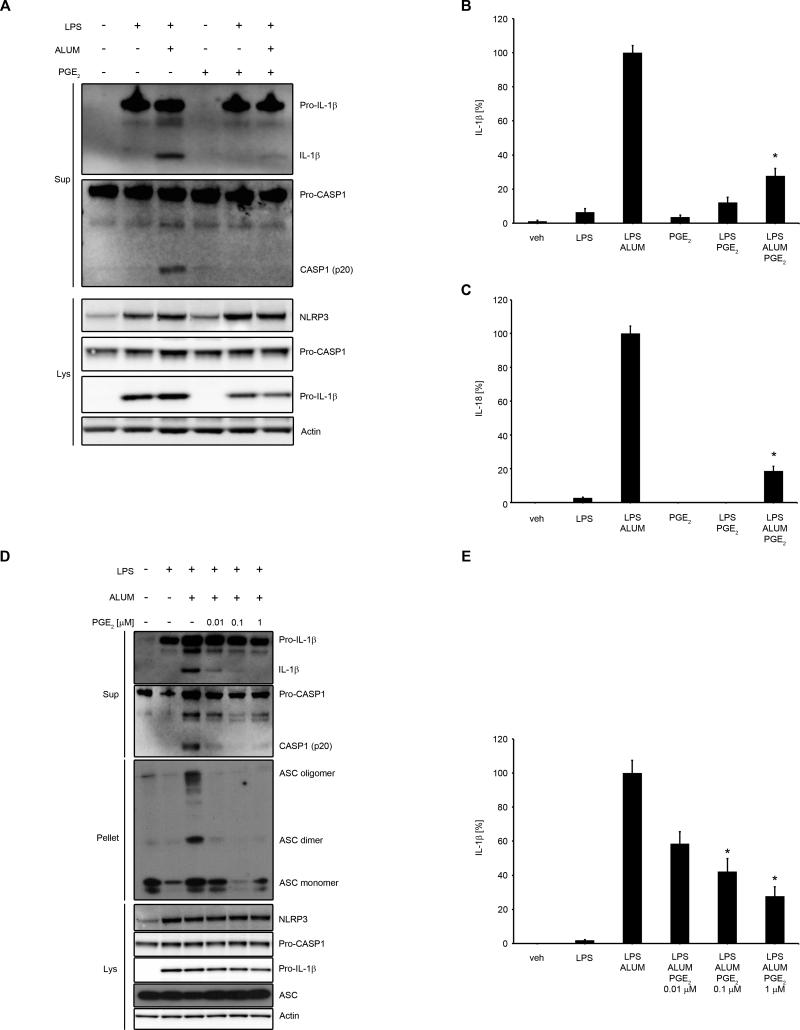Figure 1. PGE2 inhibits alum-induced NLRP3 inflammasome activation and IL-1β and IL-18 secretion.
(A-E) human primary MDM were treated with/without LPS (100 ng/ml) for 4 h in complete medium, followed by 30 min treatment with PGE2 (0.1 μM) or vehicle (EtOH) (A, B and C) or indicated doses of PGE2 (D and E) then stimulated with alum (400 μg/ml for 5 h) in serum-free medium. Supernatants, lysates and cell pellets were collected for WB (A and D) or ELISA (B, C and E). (A and D) the WB are representative of 3 independent experiments from 3 healthy donors, each showing similar results. (B) IL-1β release data represent the mean ± SEM from 7 independent experiments from 7 healthy donors, performed in duplicate. IL-1β data are presented as the percentage of the response after LPS/alum treatment, ranging from 61.6 to 831.6 pg/ml. (C) IL-18 release data represent the mean ± SEM from 5 independent experiments from 5 healthy donors, performed in duplicate. IL-18 data are presented as the percentage of the response after LPS/alum treatment, ranging from 18.2 to 821.3 pg/ml. (E) IL-1β release data represent the mean ± SEM from 6 independent experiments from 6 healthy donors, performed in duplicate. IL-1β data are presented as the percentage of the response after LPS/alum treatment, which ranged from 11.4 to 299 pg/ml.* P < .05 as compared to LPS/alum treatment, as assessed by Kruskal-Wallis ANOVA on ranks, followed by Dunn's post hoc test.

